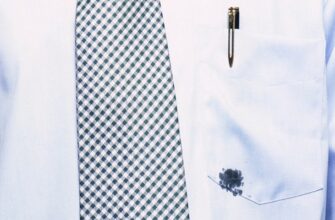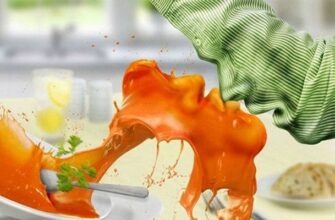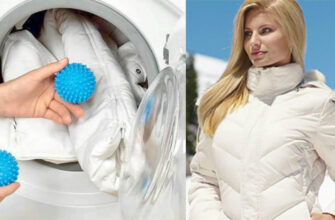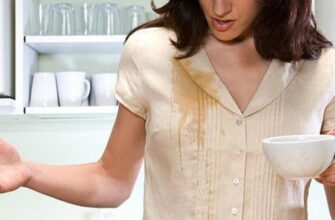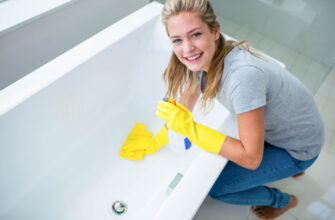Soft toys bring joy to children, but add worries to adults – they quickly become contaminated and can become a source of pathogenic microorganisms. Many of them require special care, so a regular wash can ruin your child's beloved friend. Our experts learned how to properly wash soft toys so that they retain their shape and color without harming children's health.
Basic rules of care

Cleaning soft toys is a necessary procedure, especially if the child playing with them is allergic. Food and saliva residues, particles of the epidermis accumulate on their surface, and fillers become an ideal breeding ground for bacteria, viruses, dust mites.
So that soft pets will please your child for a long time and do not harm his health, we give some tips for care.
- Washing (or cleaning) teddy bears, bunnies and other pets is recommended every 3-4 months. If the child does not part with his plush friends for a minute, eats and sleeps with them, then the laundry should be done at least once a month.
- Carefully read the care instructions on the product label and follow them.
- Washing and processing should be carried out only with detergents specially designed for children, laundry or baby soap.
Even those soft toys that the child no longer plays (but they are on the shelf for beauty) must be washed every six months. It is advisable to vacuum them monthly, knock out dust and wipe them with a damp cloth. We recommend storing superfluous or unnecessary toys in a plastic bag in a place protected from dust (for example, in a closet).
How to wash
Depending on the material, filler, size and internal mechanisms of soft toys, there are several ways to clean them from various kinds of dirt. The simplest and most effective is washing in an automatic machine. But not all plush products will be able to withstand it without losing their appearance or functionality, and some simply will not fit into the drum due to their large size. For such soft pets, the following methods are provided:
- handwash;
- dry wash;
- surface wet cleansing.
Let's take a closer look at the features and rules of each method, and also find out which toys they are suitable for cleaning.
Washing machine
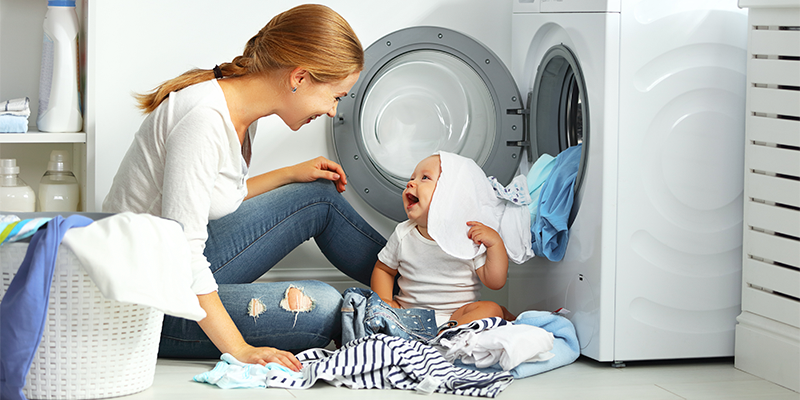
If the tag on the soft toy is machine washable, the parent's task is much easier. But before placing the product in the drum, we advise you to heed the recommendations of our experts.
Check how firmly the elements on the toy are glued or sewn: eyes, nose, buttons, etc. If you have any doubts that plastic parts can fall off during the wash process, you should put the 'soft friends' in a special bag or pillowcase. You can also pre-rip them off and sew them back on after drying.
-
Wash on a delicate mode: at a temperature of 30-400C, spinning no higher than 600 rpm (in extreme cases – 800).
-
It is advisable to turn on the additional rinse function to completely remove the remaining detergent.
-
Check the tightness of the seams. Even from a small hole, a filler can come out, which will then be difficult to collect.
-
Remember to remove the music module and batteries, if any, inside the toy.
-
Stubborn dirt can be washed by hand with baby or laundry soap.
It is advisable to put several toys of approximately the same size into the car at once so that the drum spins evenly, there is no imbalance. Do not overload the machine. These measures will provide a better wash and more efficient rinsing.
Handwash
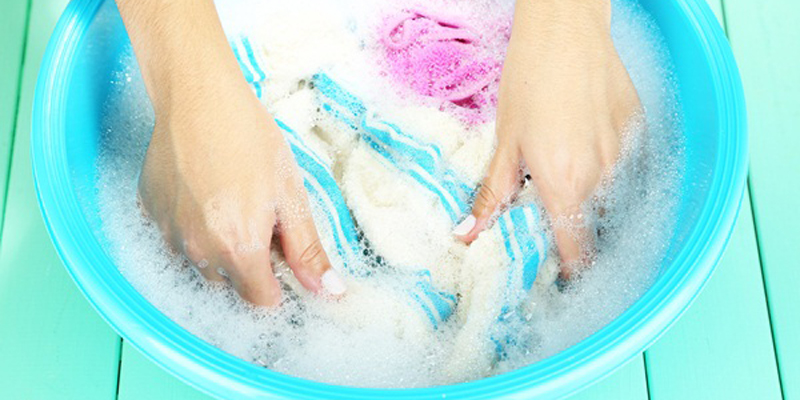
Washing by hand is more tiring, but sometimes this is the only way to clean up your beloved plush friend, get rid of dirt and accumulated microorganisms inside.
Hand wash applies if the toy:
- filled with sawdust, buckwheat husks, straw, rice;
- contains decorative elements: rhinestones, beads, sequins;
- sewn from natural materials (Walfdor dolls, from felt, felt);
- with a long pile (it can become tangled or tangled in the washing machine);
- Contains items that may discolour, discolor or deteriorate when machine washed;
- too soft, prone to deformation.
We recommend hand washing as follows:
- pour warm water into a basin;
- add a detergent suitable for washing children's products, wait until it dissolves;
- soak the toy for 10-15 minutes;
- rub especially dirty areas with a brush (you can use a toothbrush);
- rinse the product thoroughly in clean water;
- wrap in a towel so that it absorbs excess liquid.
While the toy is wet, it can be very heavy. It is necessary that the glass is water, and only then can it be hung to dry. For this purpose, it is convenient to put the toy in an empty drum of the washing machine for a couple of hours.
Dry wash
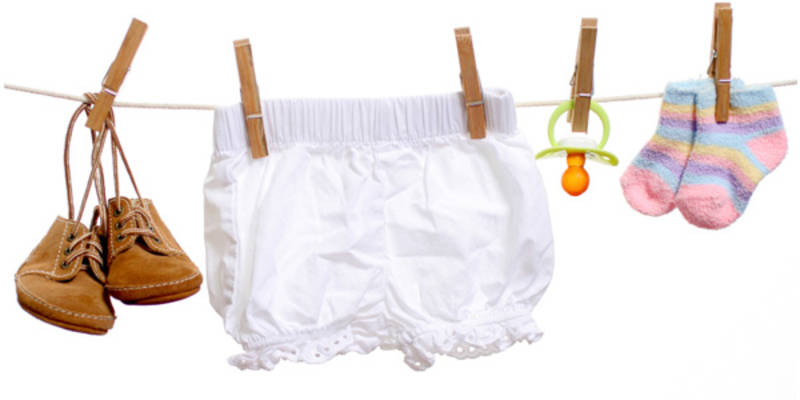
Some toys do not tolerate moisture (for example, with cardboard elements or made from natural materials). They will have to be dry cleaned. In the same way, you can process large furry pets that do not fit into the drum of the washing machine and are too heavy for hand washing.
To completely rid your child's furry toy friends of dust, dirt and microorganisms living inside, our experts advise you to follow the following algorithm.
Vacuum the toy using a nozzle designed for cleaning upholstered furniture. If there is none, then vacuum without attachments, firmly pressing the tube to the surface. Particular care must be taken in the areas of glued parts or sewn-on elements.
- Put it in a plastic bag, pouring 4-5 tbsp. baking soda.
- Close the bag tightly and shake it so that the baking soda is distributed over the entire surface of the toy.
- Wait 10-15 minutes.
- After pulling out a soft friend from the bag, carefully shake off the soda over the bathtub, brush it.
- You can use the vacuum cleaner again to remove the soda residue.
- If any contamination remains, you need to clean it with a cotton pad dipped in hydrogen peroxide, lemon juice.
- It is advisable to complete the cleaning with a steam generator, steamer or hairdryer.
For additional disinfection of toy pussies that cannot be machine washed or exposed to high temperatures, we recommend:
- in sunny weather, take them out to the balcony for 5-6 hours, periodically turning them in different directions and exposing them to the rays of the sun;
- on a cloudy or rainy day, you can use an ultraviolet lamp (15 minutes per side);
- in severe frosts, put the toy on the street or balcony for 1-2 days (a small furry friend can be placed in the freezer).
To clean soft toys from pathogenic microorganisms, instead of soda, you can use the adsorbent powder of food grade diatomaceous earth (Diatomite). This substance, composed of the remains of diatoms, absorbs moisture from dust mites, bacteria and viruses, which leads to their rapid death.
Wet surface cleaning

Contaminated soft toy friends that cannot be washed can be superficially cleaned with soapy water or foam.
Mode of application:
- dilute 1 tsp in 1 liter of warm water. baby powder or ¼ a shabby bar of laundry soap;
- beat the solution into a foam with your hand;
- using a cotton napkin or brush, apply foam to the nap of the toy and rub;
- Clean with clean water and a cloth to remove residual detergent.
A soapy solution can only be used on dirty spots or on the entire toy. Then you should blot it with a towel and place it to dry in the sun.
How to wash a large toy in a machine

If you cannot get rid of large-sized toy pets with dry or wet surface cleaning, our experts recommend the following method:
- rip open the seam located at the bottom of the toy;
- pull out all the filler;
- sew up a seam;
- place in the drum of the washing machine.
As a rule, even the biggest furry buddy will fit into the drum without filler. Do not forget about the advice of our experts before turning on the machine – after all, there are elements on such toys that can deteriorate from washing.
The filler can also be machine washed by dividing it into several parts and placing it in a pillowcase (if water procedures are not contraindicated for it). After drying, all that remains is to assemble the toy together and carefully sew it up.
How to wash musical stuffed animals

The soft friends singing and reciting poetry should be washed as often as the silent teddy dogs, bears, or squirrels. Dry and wet surface cleaning is best suited for this.
If musical toys do not have wires stretched inside to the paws or face, as well as other elements that prohibit wet exposure, you can wash them by hand or in an automatic machine. It is only necessary to first get the mechanism and batteries.
Do not wet the music module inside the toy. With a high degree of probability, after that, it will stop working. Sometimes after washing and drying, the device continues to function, but this is rather an exception to the rule. You should not take risks if you do not want the child's favorite to become silent.
In some toy pets, the box with the mechanism is located in a special secret pocket. Then you just need to pull it out before loading it into the drum of the washing machine, and after drying, return it to its place.
If there is no pocket, and the mechanism is inside, then you will have to open the seam. You should act like this:
- find the seam on the back or bottom of the toy, located as close as possible to the music unit;
- gently cut it open;
- remove the device;
- sew up the seam so that the filler does not spill out;
- wash the toy.
After complete drying, the seam must be ripped open again, the mechanism put back and carefully sewn up.
How to dry properly
We recommend drying soft toys on a horizontal surface, preferably in the sun. A metal dryer located on the balcony or outdoors is ideal. Fluffy friends should be put, leaving gaps between them, periodically turning them on different sides.
Most toys (except knitted ones), washed and wrung out in an automatic machine, can be hung on a rope, fastening to ears, paws or tail with clothespins. It is not recommended to hang knitwear from drying – there is a high risk that they will stretch and lose their appearance.
If you follow our advice when washing soft toys, they will always be clean and fluffy and will not harm the health of children. After all, the main purpose of furry friends is to give joy, and not turn into a source of danger.


